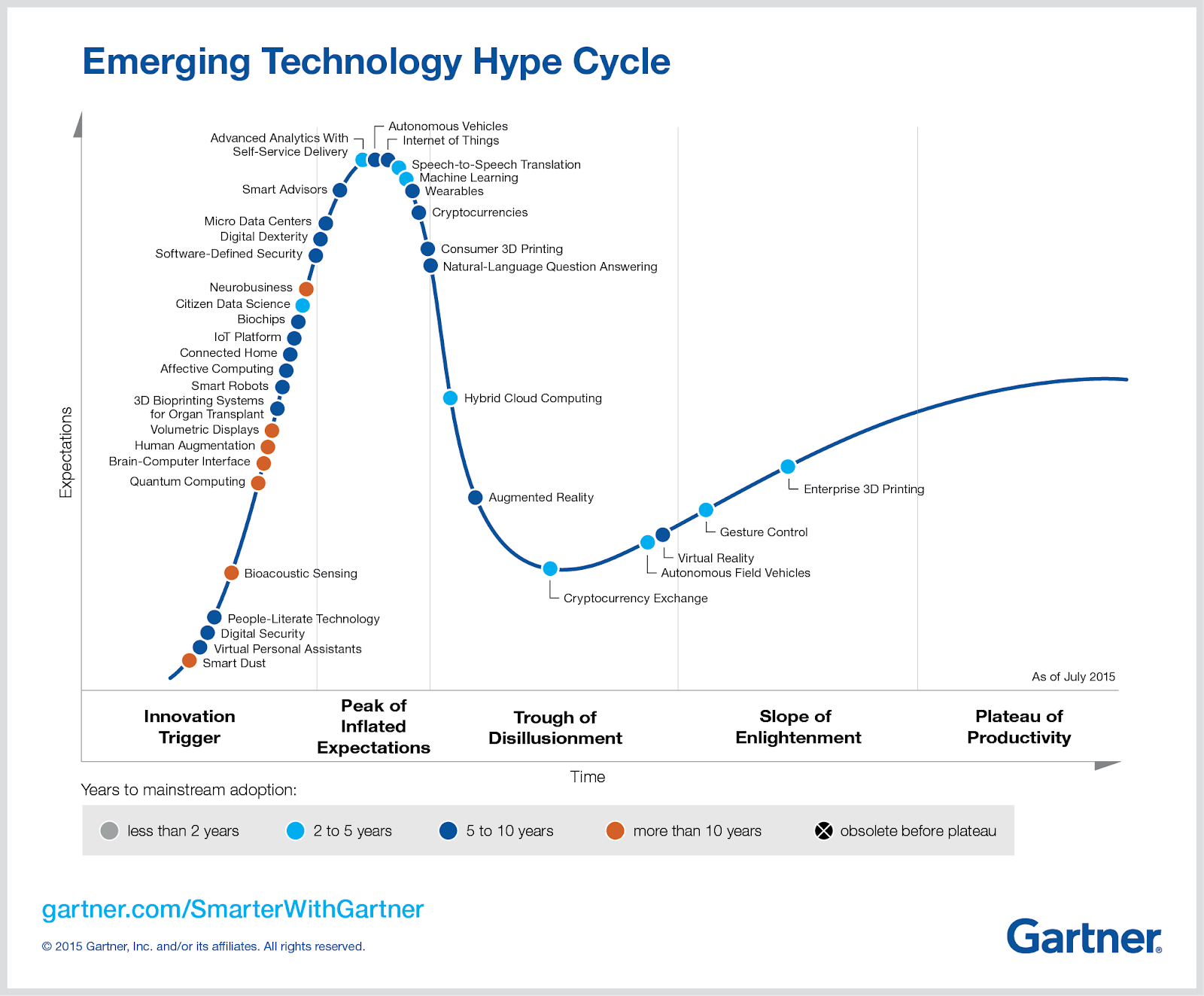By Matt Pigott - February 1st, 2017
Second in a four-part series on personalization in 2017
Mobile matters
Mobile and the mobile web are the binding forces that traverse and transcend state lines and fixed premises, and provide brands with a window through which to deliver a personalized experience. Sure, Amazon needs warehouses and real people to run them, but hardly anyone knows where they are. Because few people care. What they do care about is the online experience of Amazon, to give one example. The everywhere-web is Amazon’s shop front, and from a consumer perspective is the only real estate of any transactional merit. Which is why, in the absence of any direct human interaction, the seamlessness of the screen experience is the only thing matters. This is the place where true personalization happens, and Amazon achieves all of this through the conduit of a single customer email address. But Amazon is an easy example. One of a tiny handful of digital brand behemoths. What about the many brands that don’t have such an elevated status? How do they cut through the noise to reach the minds and touch the hearts of their customers?
NASCAR - it’s all about the data
Take a look at what The National Association for Stock Car Auto Racing (NASCAR) has been doing to ensure that it connects with its customers in a way that encourages them to venture deeper into the brand experience.
In a recent Incite interview, the company’s Senior Vice President and Chief Marketing Officer, Jill Gregory, said, “We had a lot of data but if you don’t know what it means, and why it matters to your fans, it’s unhelpful. We don’t make any decisions without a lot of data insights and analytics. What are our fans thinking, what do they want, and how do we provide that to them at the places they are? If (the data) is telling us we need to evolve, be more aggressive, try new things, that’s a bit easier to sell into the (company) culture than: “hey, this feels right”, or “I feel it in my gut”.’
What Gregory highlights here is the importance of data in achieving true personalization. Gut feelings don’t matter in the way they once did. Hunches are old school, they no longer cut it. Increasingly, it isn’t CMOs making decisions separately from the statisticians and data scientists but in conjunction with them. In the current climate, this is the only way to ensure accurate communications. Data is now depended upon to provide the context within which properly informed decisions can be made.
That said, having data just for the sake of it is as pointless as acting on a whim. Achieving good quality, well balanced digital personalization requires gathering precisely the right data, cleansing it to sift out duplications and anomalies, and then teasing out actionable insights. Top of the list of priorities for marketers today, then, is to use the data by analyzing it thoroughly and formulating winning campaign strategies.
AI - should we believe the hype?
And while the future is inevitably bending toward an increasing implementation of AI to work through collected data, draw out those insights and act upon them in real time without any sort of human interaction whatsoever, the hard truth remains that many CMOs have got themselves caught up in the initial upslope of Gartner’s Hype Cycle:
Gartner's Hype Cycle:

Despite the sci-fi dream of snazzy algorithms doing everything from harvesting data to delivering a truly outstanding personal experience, the reality for most companies is still a long way off.
Right now, many marketers are poised at the peak of inflated expectations (see above), just a step away from the gut-wrenching descent into the trough of disillusionment. If that sounds depressing, it is, but it won’t be for long. Sure, expectations have yet to be met, but as the diagram shows, once the trough of disillusionment bottoms out, it’s a gradual slope up toward enlightenment, productivity and an uplifting new phase in the digital communications era. Hoo-rah!
From a marketing perspective one of the things that CMOs can hope to expect as they level out on the plateau of productivity is the ability to deliver personalization at scale, leveraging data to achieve better, more meaningful relationships with a fully segmented customer base. And machine learning algorithms—aka artificial intelligence—will be there to assist in new and exciting ways.

